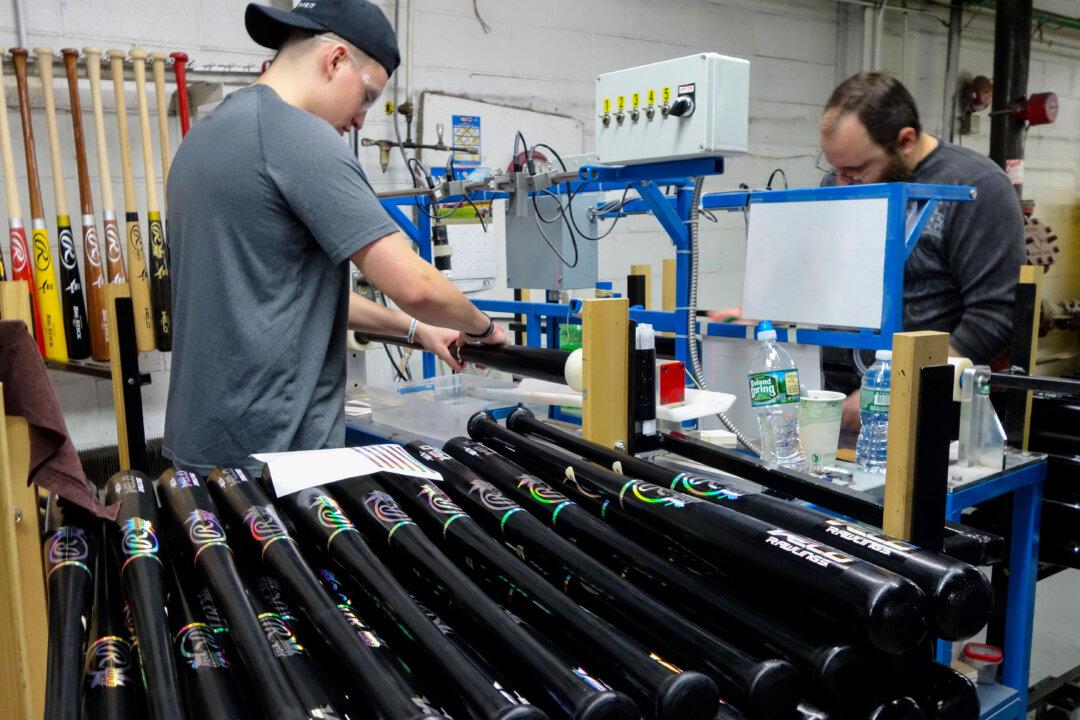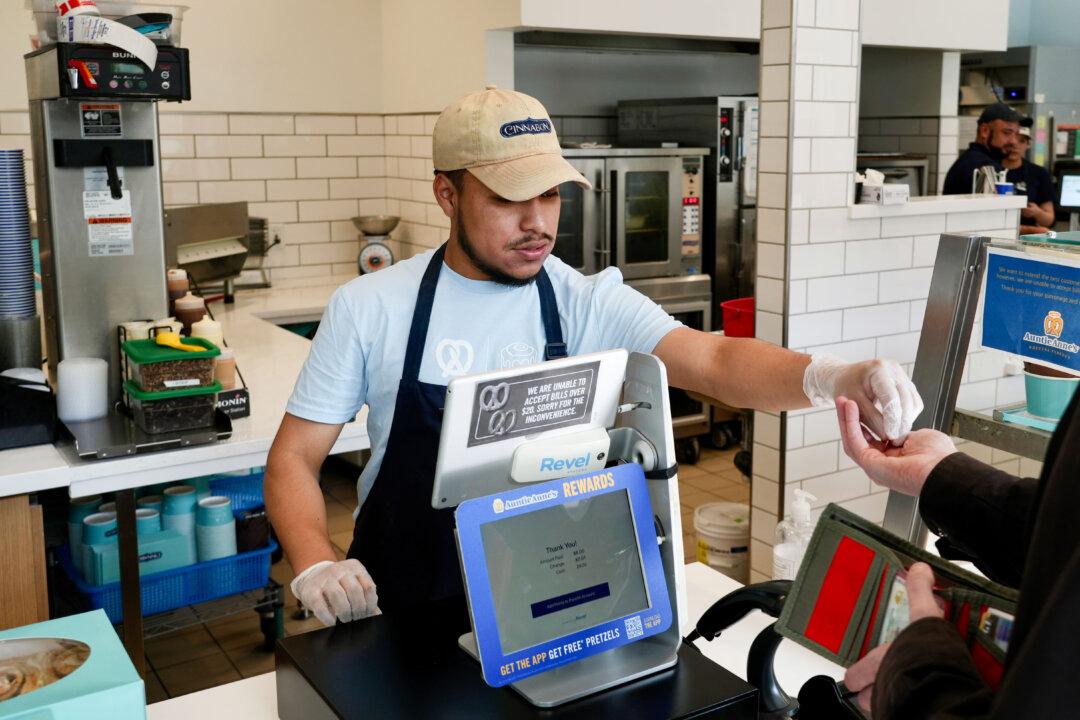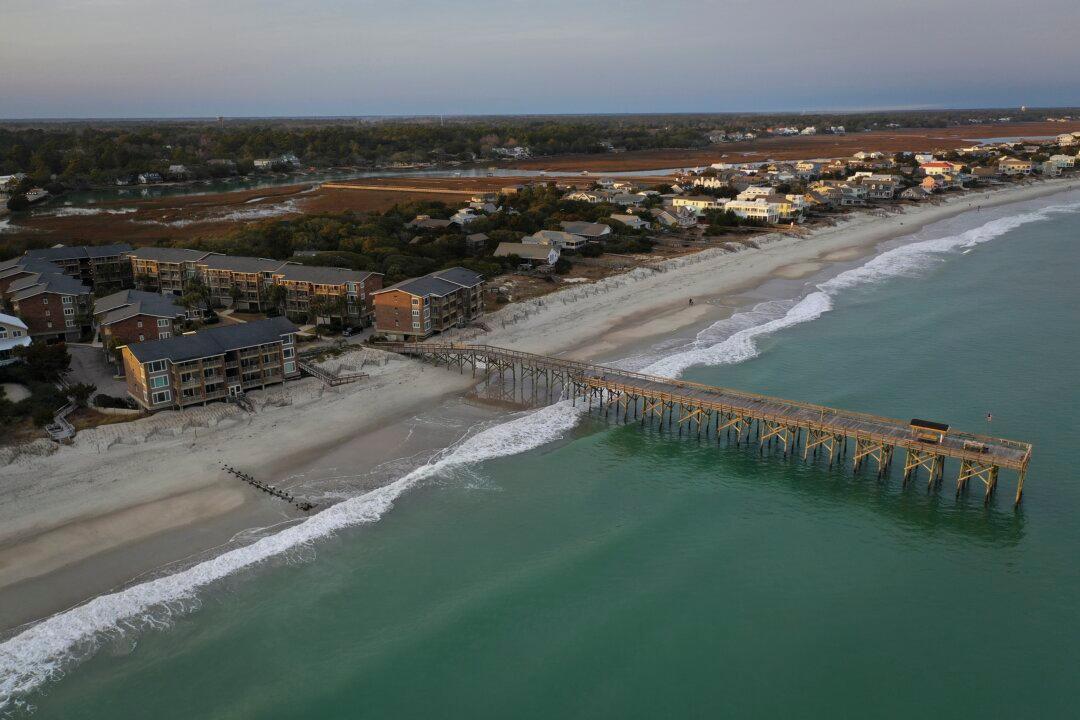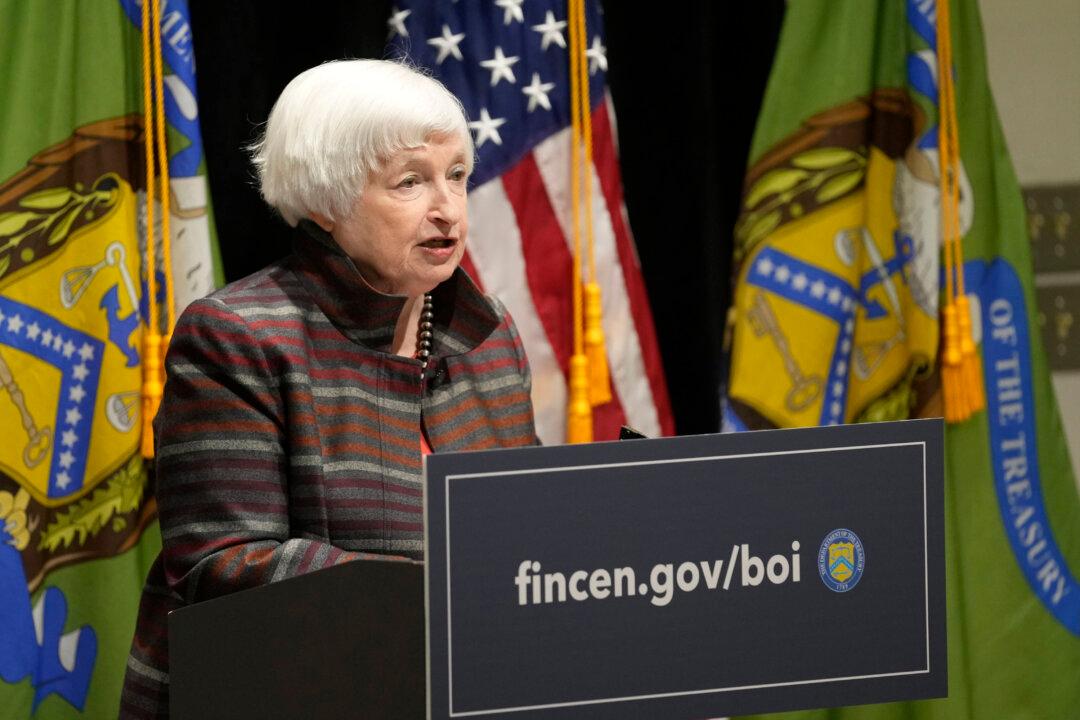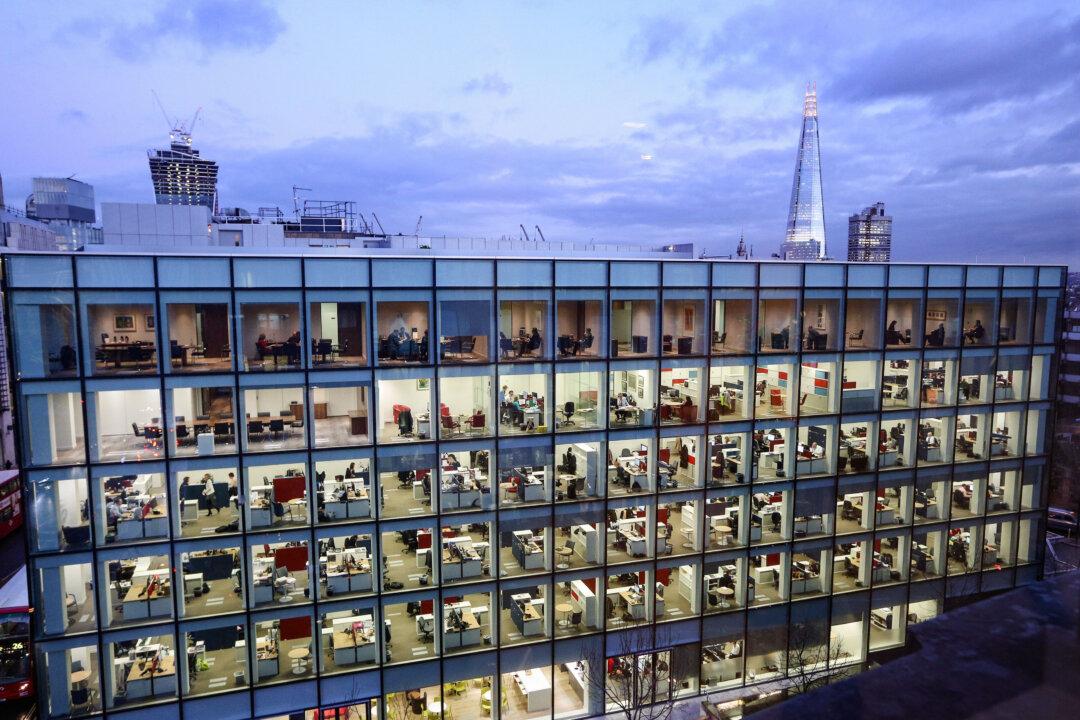A key indicator for business conditions in New York state, the first Empire State Manufacturing Index of 2025, has shown a surprisingly negative outlook after an upswing at the end of 2024. While some believe the situation will improve later in the year, some worry about the negative fallout from increased state regulations.
New York Fed economic research adviser Richard Deitz held out for positive future manufacturing activity later in the year.
“After holding steady last month, manufacturing activity declined in New York State in January,” he said in the report. “Price increases, while subdued, picked up. ... Firms grew more optimistic that conditions would improve in the months ahead.”
The report also cited a modest drop in new orders with longer delivery times. Labor market indicators show a steady level of employment, but a shorter average workweek.
The New York Fed issues the Empire State Manufacturing Survey on the first day of each month to a pool of 200 manufacturing executives in New York state. About 100 of those executives on average participate.
New Green Regulation Seen as Potential Barrier to Growth
The news from the New York Fed and the close of Sumitomo’s facility could potentially be a harsh warning sign of things to come, according to Paul Zuber, executive vice president of the Business Council of New York, which advocates for state businesses and employers. He pointed to recent mandates and regulations passed by Gov. Kathy Hochul, including her recently signed climate legislation, which he said could negatively impact the health of the state’s manufacturing industry.“It is concerning. I think that what we’re especially worried about is whether the manufacturing numbers are showing that this isn’t the place to do business or even work here,” he told The Epoch Times. “Most of the manufacturing sector is deathly afraid of what the state climate laws are going to mean to them in doing business here this year.”
The day after Christmas, Hochul signed S.2129-B/A.3351-B, which creates a “Climate Superfund” to support New York’s initiatives to protect the environment by requiring large fossil fuel companies to pay for critical projects that safeguard New Yorkers.
“Establishing the Climate Superfund is the latest example of my administration taking action to hold polluters responsible for the damage done to our environment and requiring major investments in infrastructure and other projects critical to protecting our communities and economy.”
Zuber said that any company looking to move to New York state in the future is going to be weighing the impact of the state’s increased regulation on its business expenses.
“They’re going to be asking, ‘How are the climate laws and other regulations that get piled onto their business in the state, going to affect me?’” he said. “We’re getting piled on with regulation after regulation, from workers comp to other things making it impossible for companies to move forward.”
